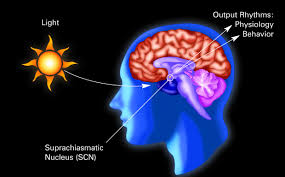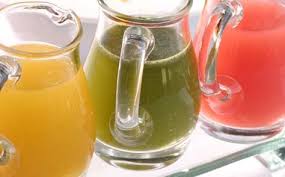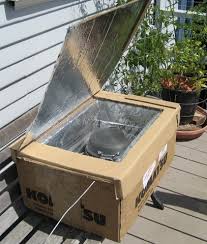 One day recently, we got up at three in the morning, to go on a day-trip to Peru...it felt *very* odd to me to be awake at that time, on 6 hours or so of sleep...odd and disorientating...I'm not sure the last time I was awake at such an hour...and one thing that was very clear to me at that hour was how totally inappropriate food seemed to be right then...my body had been awoken from its cleansing cycles and there was a slight sense of nausea...the idea of eating anything at that point sounded like bodily abuse...
One day recently, we got up at three in the morning, to go on a day-trip to Peru...it felt *very* odd to me to be awake at that time, on 6 hours or so of sleep...odd and disorientating...I'm not sure the last time I was awake at such an hour...and one thing that was very clear to me at that hour was how totally inappropriate food seemed to be right then...my body had been awoken from its cleansing cycles and there was a slight sense of nausea...the idea of eating anything at that point sounded like bodily abuse...
What all of this highlighted for me was that there seems to be a definite timeframe each day where eating seems to be 'appropriate'...in my reality, that timeframe is something like 9am to 5pm, to feel best...which is interesting to me, as that is the exact timeframe many people do 'jobs' in our societies...so, rather than fuelling their physical bodies optimally in the timeframe that might be most appropriate, people might instead be stuffing down some cereal or toast at 6 or 7am before they rush off into traffic, then gobble down some sandwiches for lunch at 12 in between meetings, before arriving home at 6 or later, drained from the stresses of the day, wherein they turn to the fridge and cabinets for solace and end up eating themselves into a spaced-out oblivion before bed time...hmmmmmm, well, maybe this pattern doesn't resonate for everyone - I surely would hope not - I do suspect it is quite a common current reality though...
 For anyone currently living this kind of pattern who may be excited to create a different reality, Paul Nison's "Daylight Diet" book/dvd/audio might be interesting for you to explore...eating the 'heaviest'/densest meal of the day in the middle of the day definitely makes sense to me...and being up at 3am definitely doesn't... ;)
For anyone currently living this kind of pattern who may be excited to create a different reality, Paul Nison's "Daylight Diet" book/dvd/audio might be interesting for you to explore...eating the 'heaviest'/densest meal of the day in the middle of the day definitely makes sense to me...and being up at 3am definitely doesn't... ;)
on May the 18th I enjoyed:
1 quart water
1.5 cups watermelon juice
20 chlorella tablets
2 cups greeeeen juice mixed with pineapple juice
water of a young coconut
2 cups greeeeeen juice mixed with pineapple juice
2 cups greeeeeen juice mixed with pineapple juice
2 cups greeeeeen juice mixed with pineapple juice
3 cups greeeeeeen juice mixed with pineapple juice
cup of greeeen/apple juice
2 tbsp bee pollen
mug of reishi/shilajit/ormus tea
1 cup water
One reader in Minnesota, Jill, would love to let y'all know that she has two used juicers looking for a new home...there is a Champion Juicer on offer and a Juice Factory Juice Press (which she describes as "2nd only to the Norwalk" - I've never met one of these - sounds interesting... ;) Jill is based in MN, yet could send them elsewhere if their new home is further away...the asking price is $450 for both OR $200 for the Champion, $250 for the press...if this speaks to you, you can contact Jill via her wbsite contact form, HERE - enjoy :)
on May the 19th I loved:
1 quart water
water of a young coconut mixed with marine phytoplankton and chocolate extract drops
2 tbsp bee pollen
2 cups greeeeen juice mixed with pineapple juice
bowl of granadilla seeds, a cherimoya
avocado mushed with sauerkraut and dulse, stuffed into nori sheets, followed by two incan berry bliss balls
2 cups water/honey/lime
glass of superfood smoothie at Cafe Cosmos, ½ a papaya
mug of reishi/shilajit/ormus tea
1 cup water
Another reader in the US, Christine, the "Raw Priestess" also just sent in some home-made dehydrator tips for y'all... ;) In my last newsletter I mentioned a few home-dehydrating ideas and Christine stepped up to take it to the next level, sharing her home experiments with drying foods in the damp climes of the Pacific NW, without Excalibur's helpful trays ;)
Here are Christine's tips for y'all - enjoy:
GREAT, thanks for sharing Christine :)
All love,
angelalalaalaaaaaaaaaaaaaaaaaaaaastttttttooooookkkeeeeeeeeesmmmmmooonnnaaaaaaaaaaaarch. xxx












